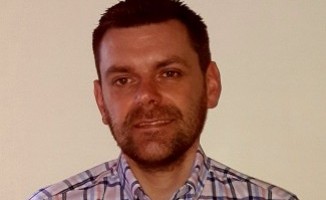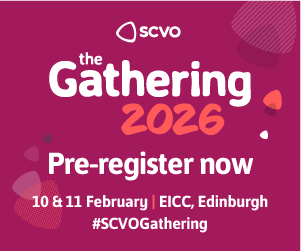Dan Mushens, a recovery worker, says the long term consequences of minimum pricing are still unknown
With May 1 looming, Scotland is edging closer to the introduction of minimum unit pricing on alcoholic drinks. The 50p per unit rate has been set, retailers are scrutinising government guidelines and the public are fervently waiting to see what their preferred tipple will soon cost.
Once the dust settles however, what will the social impact be and could we see a proliferation of fake alcohol further blighting the lives of society’s poorest?
Fake alcohol is commonly produced in unlicensed distilleries typically in people’s homes, garages and outhouses. Without a licence from HMRC, manufacturing alcohol with the intention to sell is a criminal offence which costs the UK economy around £1.2 billion per year.
With the government intervention of minimum unit pricing; own-brand spirits, white ciders, fortified wines and super-strength lagers are most likely to see a significant cost increase due to their high alcohol content.

The consumption of these drink categories are often associated with low income families from socially and economically deprived neighbourhoods with anti-social behaviour, increased crime and mental health problems also ascribed to them.
If these drinks were to become out of financial reach to its current clientele group, then there’s always the possibility that black market profiteers will attempt to fill the void and target this market.
Criminals fail to adhere to the industry’s usual alcohol production standards and regulations and prefer to use alternative toxic chemicals such as methanol, nail polish remover, windscreen wash and antifreeze to formulate their concoctions.
Although the initial up-lifting effects of consuming such drinks may feel similar to that of drinking legal alcohol; nausea, abdominal pain, drowsiness and chronic vomiting may soon follow. These are sometimes a precursor to kidney and liver complaints and in some cases, blindness, coma and death.
Such deaths are rare in the UK - with the most recent high profile case coming in 2013 when 23-year-old Essex backpacker Cheznye Emmons was fatally poisoned in Indonesia. She suffered sudden blindness after unknowingly purchasing fake gin laced with methanol and died five days later.
Similar tragedies have occurred in Pakistan and India over recent years which are said to be as a result of tougher government imposed alcohol laws designed to curb alcohol consumption, in line with religious beliefs.
It’s great that Scotland is taking the lead in attempting to intervene in limiting access to high strength low-cost alcohol, but the 50p per unit rate was first mooted in 2011 with some critics suggesting a more appropriate rate - keeping in line with inflation - would be around 70p per unit.
Ten out of ten for initiative, but the jury’s still out until the long term consequences are discovered.
Dan Mushens is a recovery practitioner for Scottish mental health charity Penumbra







